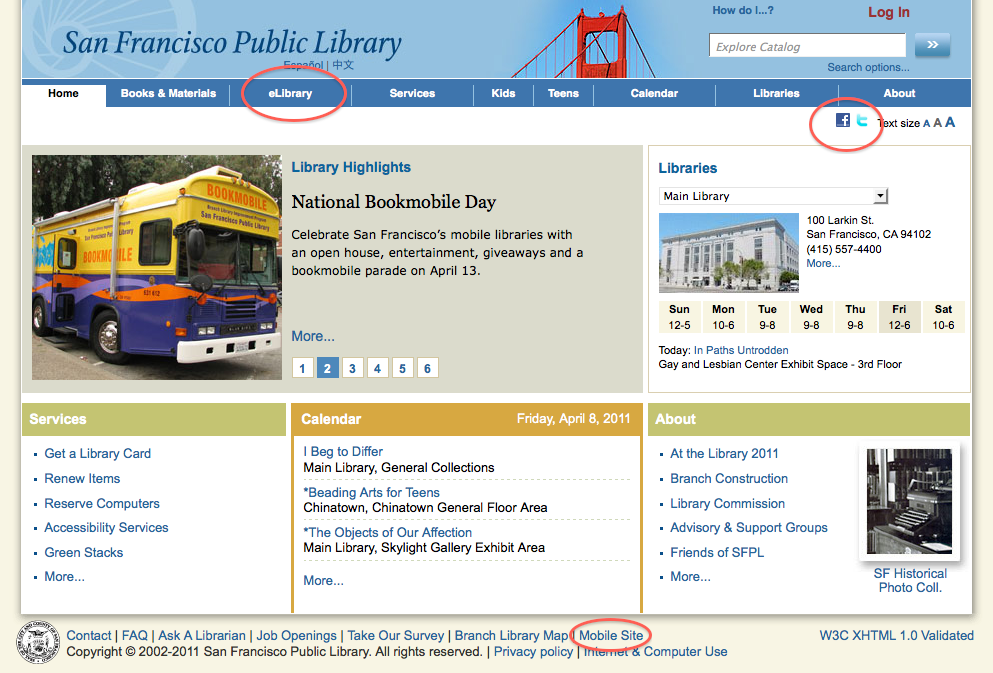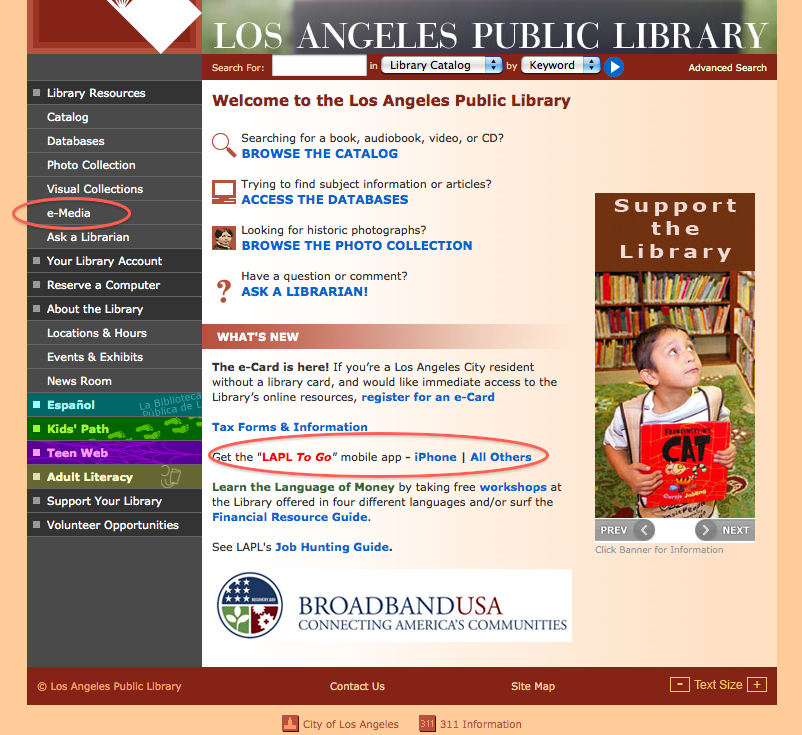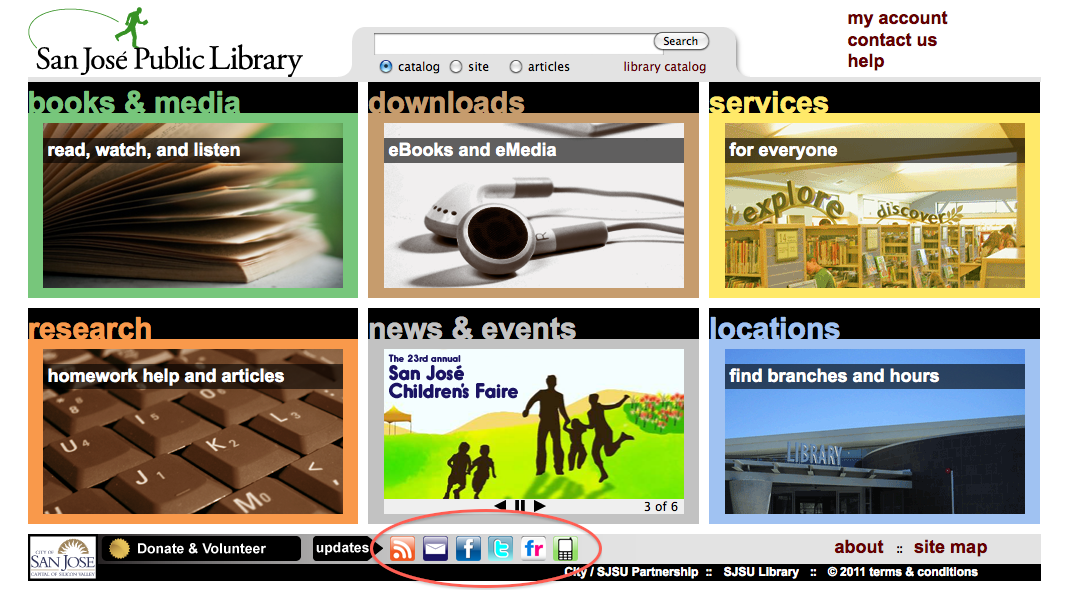I find it fascinating that social networking services have become synonymous with online social media platforms. I also find it particularly interesting that so many libraries have been so quick to create their own personal profile pages.
The use of social networking services for libraries, as with other Web 2.0 technologies, has been a contentious issue among librarians. The Librarian in Black offers some helpful pointers on how to leverage social media tools to increase interactivity and visibility of libraries among their communities. However, the Other Librarian states that some insist that “the culture of Libraries clashes with the culture of Facebook” and that if a librarian is going to use Facebook effectively, they will need to build a rapport with members of their community. Meredith Farkas has reminded users that social networking profiles are a two-way communication medium and that profiles can be an effective portal to library information and services. According to a survey of libraries’ uses of Web 2.0 tools in the ALA’s 2010 State of America’s Libraries Report, the greatest uses of social media include: promoting general library services, marketing specific programs/services, quick updates to users, reaching a new audience, and issuing press releases. The report concludes that the “increase in social networking suggests a set of skills that librarians should possess as social networking-literate information professionals capable of implementing library services and using information at social networking sites” and that these skills include “interacting with patrons within the sites, understanding and articulating the nature of social networking sites and their potential roles related to library services, creating presences and content, evaluating and applying information, and being able to help patrons acquire and apply these skills.”
These discussions are all well and good, but what about special collection, libraries? How are they utilizing social networking profiles, and are these profiles effective? According to Amelia Abreu’s “Creating a Community for the Cultural Record: Using Social Software in Special Collections” presentation, the archivist states that “Social software tools have the potential to document institutional knowledge and improve word of mouth referrals by establishing new channels of communication between users.”
Let’s take a look at a few Facebook library profiles pages of (yes, you guessed it) three different libraries: the New York State Library, the San Francisco History Center/Book Arts & Special Collections, and the Rare Book, Manuscript, and Special Collections Library at Duke University. Here are the corresponding Facebook pages:
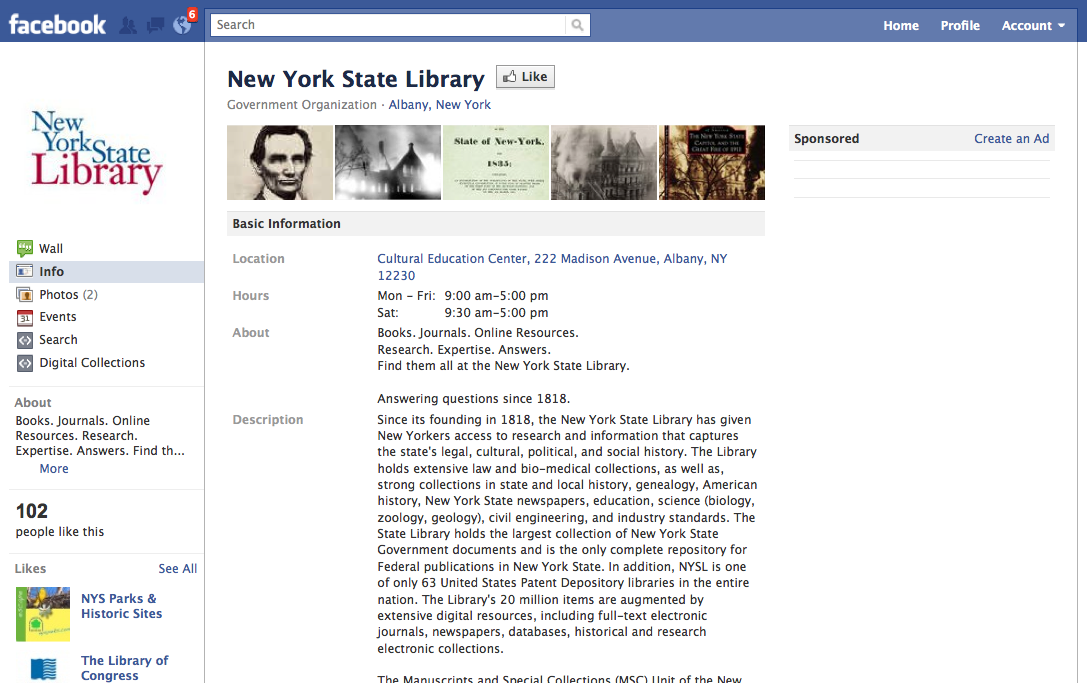
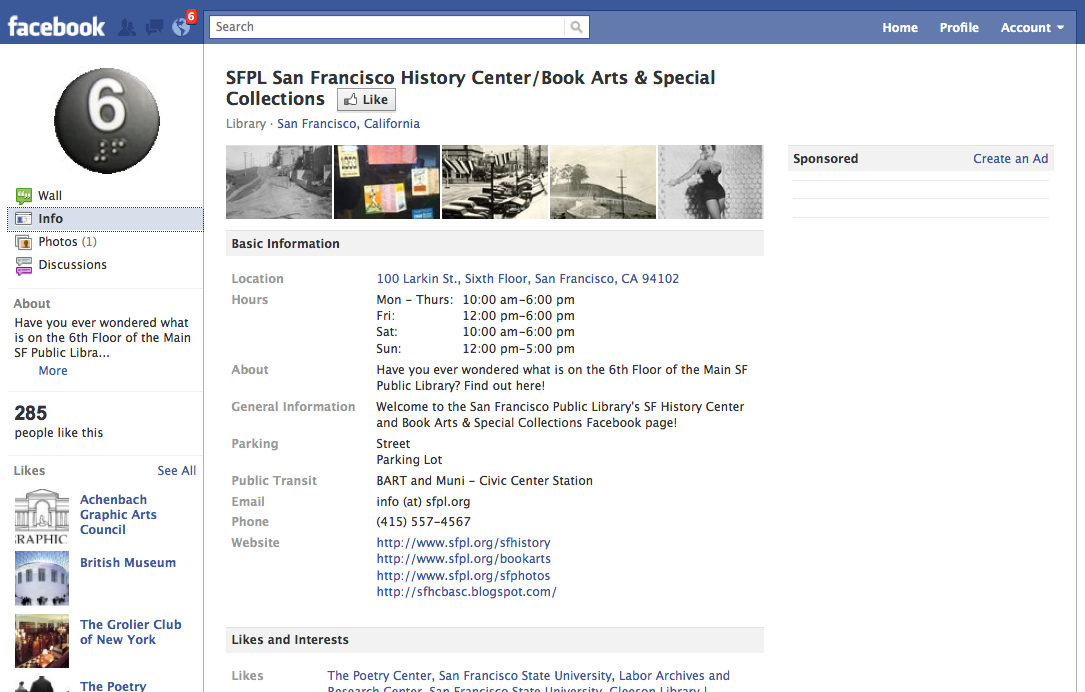

The first thing to note is that all three libraries provide a Facebook link from their main library information page, and all three Facebook profiles appear to update regularly and have a fair amount of followers. All three profiles offer descriptions of the library in the “General Information” or “Description” area, however the SFPL History Center has considerably less descriptive content. Additionally, none of these libraries delineate the purpose of their Facebook profile.
The SFPL History Center’s profile primarily features historic photos, whereas the NYSL’s profile includes some historic ephemera photos, and some general library photos that feature what sort of information services they offer. The NYSL’s profile also features a plug-in library catalog search bar, and a plug-in sample of their digital collections. The RBMSCL at Duke University also features a some photos from the collection as well as miscellaneous general library photos. There does appear to be a bit more interactivity on the RBMSCL page, but all three seem to be using their Facebook profiles for similar purposes, mainly to market library related information on their network.
I’ll admit that I was interested in viewing Special Library Collections’ profiles to get a sense of whether or not they are effective. Regarding their overall content, I think that all three sites could better utilize the “Events” page, the SFPL History Center could include more information for users, and it’s unclear as to whether or not having a search or digital collection plug-in feature at the NYSL would be useful for users. As a patron, I would much rather go to the NYSL main page in order to better explore the libraries resources. However, all that being said, all three libraries do feature organizational updates and news of a local or historical interest. As a library professional in special collections, I could see a good deal of benefit to networking between organizational profiles, however as a patron, I don’t think that I would really consider using the social media profile service unless I was conducting regular research.
As Terra B. Jacobson concluded in her article on “Facebook as a Library Tool: Perceived vs Actual Use,” from her study it was “found that Facebook would be a better tool for ‘active libraries,’ or libraries that host a lot of events, exhibits, workshops and other activities as its top use is for announcements and marketing. Also, librarians should not get too attached to Facebook, as there is always the next tool or social networking site that people are using. Web 2.0 applications move quickly and the Internet is constantly changing, be prepared to leave your hard work behind to jump to the next tool.”
